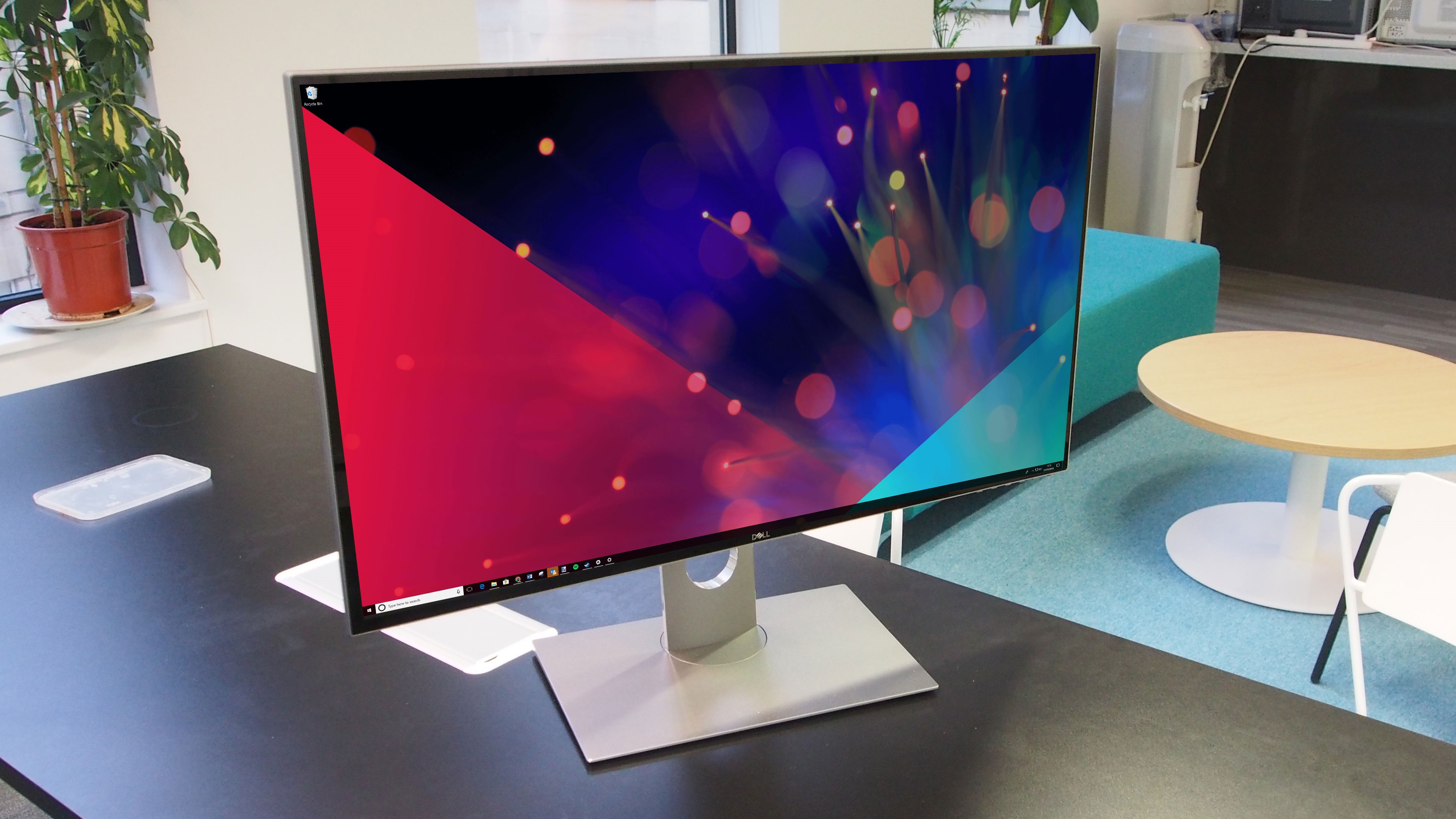I don’t believe 8K monitors will ever go mainstream, for better or worse
8K TV? Sure! 8K projectors? Definitely… 8K monitors? No

Just over five years ago, Dell launched the Ultrasharp UP3218 monitor, the only 8K display that appears in our best 5K/8K monitor buying guide. Its US launch price, just under $3,900, has seen little fluctuation since then - but neither has the number of rivals currently on sale, which right now stands at just one.
Make no mistake, this is a business monitor, one that will appeal to creative professionals, looking to cram as many views on screen, or accountants wanting to see more rows (or columns) per scroll.
However I am befuddled by the lack of real competition: Viewsonic launched the VP3286-8K back at CES 2021, only to tell me in September 2022 that they no longer have plans to stock it. I’ve never seen it ever go on sale anywhere in the world. Sharp, another display stalwart and early 8K proponent, has one 8K monitor on offer, but the 8M-B32C1 isn’t exactly your average monitor: at around $21,000 (once you include tax and shipping costs).
A vicious circle
Sharp launched its first 8K display in 2017, but the crux of the problem concerns garnering enough quantity to justify producing 8K in volumes that would deliver economies of scale. Adrian Wysocki, Sharp European TV Product Director, told me in 2019 that the “production of small size panels in 8K is extremely difficult and expensive”.
What’s more, the pixel density in an 8K, 32-inch display is close to 300ppi, and according to Wysocki, “there is no consumer market for such monitors and only consumer markets can increase the market (size) and therefore decrease the price, because the professional market is a bit too small.”
What was true back then is true now. The best mobile workstations, best laptops for video editing and PC for VR have had enough graphical firepower (read powerful GPU) to drive 8K content for a few years now. Even if there’s currently a glut of accessories and cables that will absolutely support 8K content and hardware (Monoprice just released a $40 8K/60Hz HDMI switch while IOgear stocks a $70 8K docking station), the perceived, potential total addressable market is simply not there for big panel makers to risk it.
It’s worth considering the evolution of screen sizes and screen resolutions over the decades. The table below shows the resolution, screen size (most common diagonal, an entirely subjective number based on decades of observation) and pixel density.
Sign up to the TechRadar Pro newsletter to get all the top news, opinion, features and guidance your business needs to succeed!
| Header Cell - Column 0 | Resolution | Screen size | PPI |
|---|---|---|---|
| Up to XGA | 1024 x 768 | 14 | 91 |
| HD | 1280 x 800 | 17 | 107 |
| HD+ | 1600 x 900 | 19 | 96 |
| Full HD | 1920 x 1980 | 21.5 | 102 |
| QHD | 2560 x 1440 | 24 | 122 |
| 4K | 3840 x 2160 | 28 | 157 |
| 8K | 7680 x 4320 | 55 | 160 |
Pixel density, measured in PPI, saw little variation going from XGA to Full HD, the latter being the mainstream screen resolution in an office environment. Why is it important? Because Windows has a pixel density of up to 135 dpi (dots per inch). To maintain a pixel density that corresponds to a popular screen size would mean sticking to 55-inch, which is too big for the overwhelming majority of office desks.
Stepping up to a bigger display?
It’s been seven years now that Vestel, Sharp and TCL unveiled 8K TVs and TVs may well be the only reasonable way for those with enough desk space to infuse some 8K goodness in their productivity routine.
I have been a huge cheerleader when it comes to 8K display at work but my pent-up expectations have not been matched by market realities. For now, LG and Samsung will be more than happy to sell you 8K television sets that can be used as 8K monitors for a fraction of the cost of the Ultrasharp UP3218. Just don’t expect all the niceties that come with a display that’s pitched as a monitor for creatives.

Désiré has been musing and writing about technology during a career spanning four decades. He dabbled in website builders and web hosting when DHTML and frames were in vogue and started narrating about the impact of technology on society just before the start of the Y2K hysteria at the turn of the last millennium.